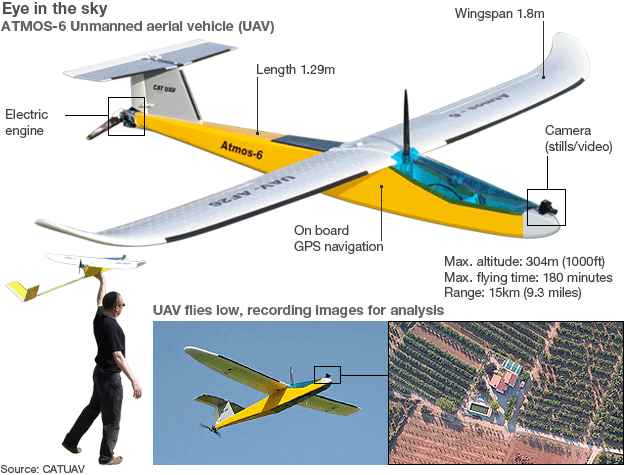 From KQED, reported this morning. The California Supreme Court today is hearing oral arguments in the case of Vandermost v. Bowen, a rather complicated case related to the redistricting lines that the California Citizens Redistricting Commission drew last year, and which the state Republican Party is none too happy about.
From KQED, reported this morning. The California Supreme Court today is hearing oral arguments in the case of Vandermost v. Bowen, a rather complicated case related to the redistricting lines that the California Citizens Redistricting Commission drew last year, and which the state Republican Party is none too happy about.
Because the supporters of this referendum (and a lawsuit challenging the maps as well) contend that the law now says the disputed state senate maps drawn by the independent commission cannot be used in 2012 if they're being challenged with a ballot referendum. They say the state Supreme Court would have to step in and draw their own maps.
The defendants in the case are the CA Secretary of State through the attorney general's office. Their case is that the court does not have to step in and draw new temporary maps for the state senate.
This is really a fight over who draws political districts in California: the independent citizens commission, or temporary districts drawn by the California Supreme Court, or possibly even use the old districts, which have existed for the last 10 years.


